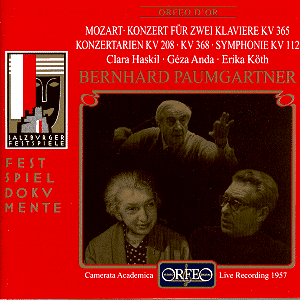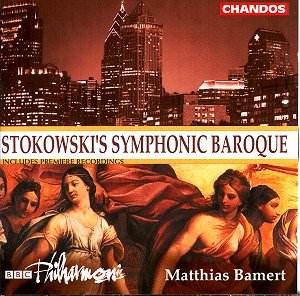 Composer: Samuel Barber
Composer: Samuel Barber
Works: Overture to The School for Scandal (1931), New York Capricorn Concerto (1944), Dover Beach (1931), Cello Sonata (1932), Tallis Fantasia (1936), Adagio for Strings (from String Quartet Op. 11) (1932)
Performers: Janssen Symphony of Los Angeles/Werner Janssen; Julius Baker/flute; Harry Freistadt/trumpet; Mitchell Miller/oboe; Samuel Barber/baritone; Raya Garbousova/cello; Erich Itor Kahn/piano
Recording: 11 March 1942, Hollywood
Label: SONY
Samuel Barber, an emblematic figure of American classical music, navigated a rich landscape of emotional depth and lyrical beauty in his compositions. This collection of première recordings encompasses a diverse array of his works, from the exuberant Overture to The School for Scandal to the haunting Adagio for Strings. Each piece not only represents a significant moment in Barber’s artistic evolution but also serves as a testament to his versatility as a composer, capable of expressing profound introspection as well as exuberant vitality.
The Overture to The School for Scandal is a particularly striking entry in this anthology. The Janssen Symphony of Los Angeles, under the baton of Werner Janssen, showcases a buoyant energy that captures Barber’s youthful exuberance. The orchestration is deftly realized, with the strings providing a shimmering backdrop that complements the woodwinds’ playful dialogue. Janssen’s interpretation is marked by a clear understanding of the work’s dramatic contrasts, shifting seamlessly from the light-hearted motifs to more robust, dramatic assertions. The recording quality, though historic, maintains a commendable clarity, allowing the listener to appreciate the intricate textures that Barber weaves throughout the piece.
The recording of the Adagio for Strings is perhaps the most notable highlight of the collection. Originating from the String Quartet Op. 11, this orchestral arrangement has become synonymous with Barber’s emotive style. The performance, executed with a sensitivity that reflects Barber’s own interpretative instincts, draws out the work’s profound melancholy. The strings achieve a lush, sonorous blend, yet retain a transparency that reveals the inner voices, particularly in the poignant climaxes. The engineering captures the richness of the sound while preserving the delicate nuances, allowing the listener to experience Barber’s emotional landscape fully. This performance stands in contrast to other famous renditions, such as those by Leonard Bernstein or the New York Philharmonic, which often imbue the piece with a more overtly dramatic flair.
Barber’s other works in this compilation, such as the Dover Beach and Cello Sonata, further illustrate his lyrical gift and harmonic ingenuity. The performance of Dover Beach, with Barber himself as the baritone, is illuminating, as he imbues the text with a deeply personal interpretation, a reflection of both the music and the poetry of the moment. Raya Garbousova’s cello in the Cello Sonata provides a compelling partnership with Erich Itor Kahn’s piano, navigating the sonata’s emotional highs and lows with finesse. The interplay between the cello and piano is particularly rewarding, revealing Barber’s nuanced understanding of instrumental color and texture.
Overall, this collection not only serves as a vital archival resource for Barber enthusiasts but also as a compelling introduction for newcomers to his oeuvre. The performances are marked by a historical authenticity that enriches the listening experience, while the engineering allows for an appreciation of Barber’s intricate craftsmanship. This anthology reaffirms Barber’s position as a master of melody and emotional expression, ensuring his works resonate with audiences both past and present.



